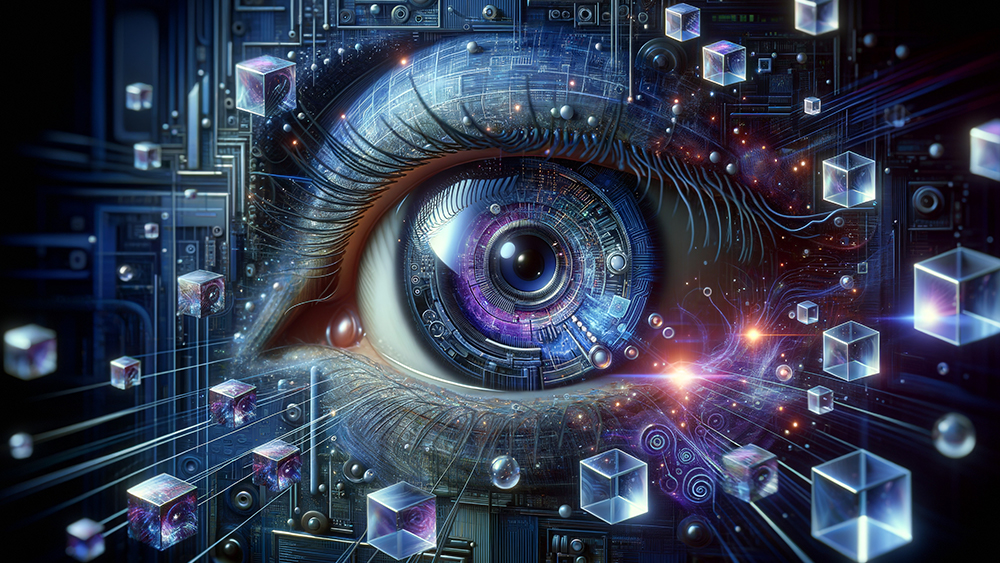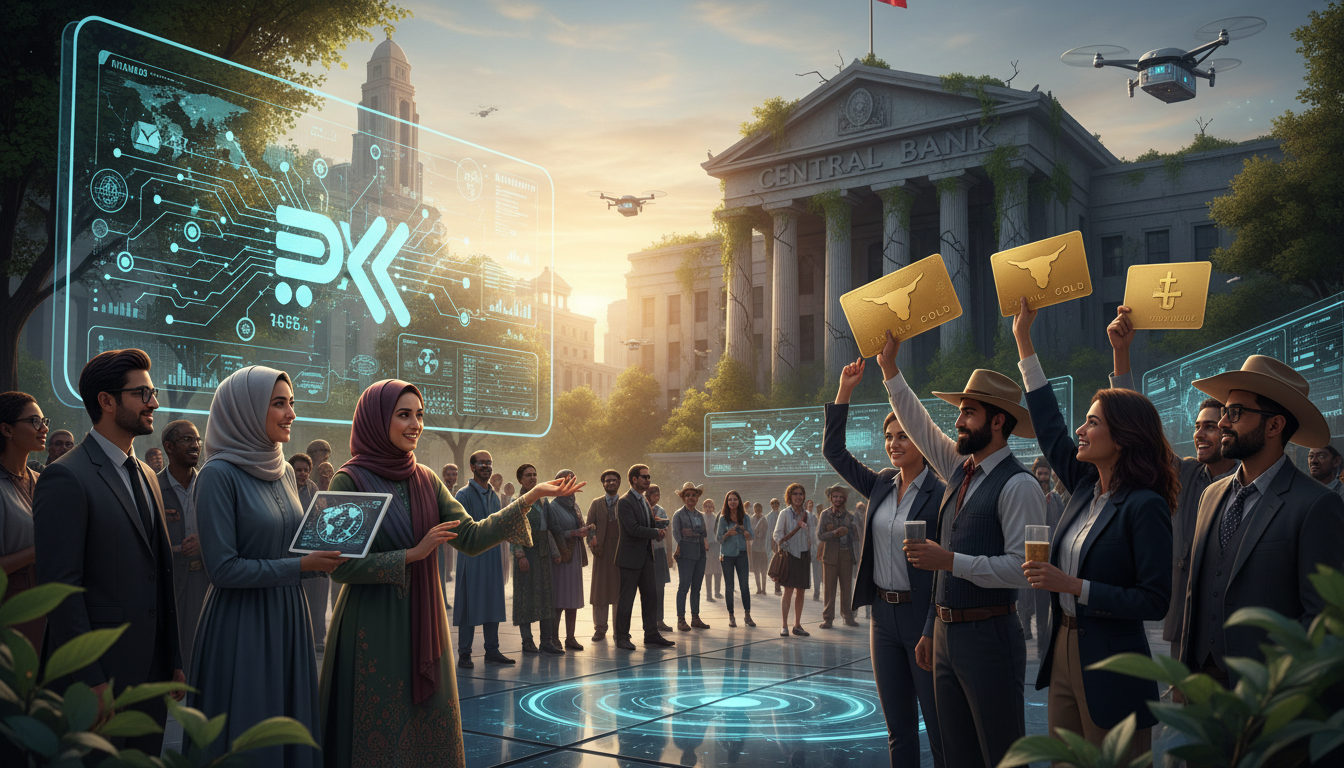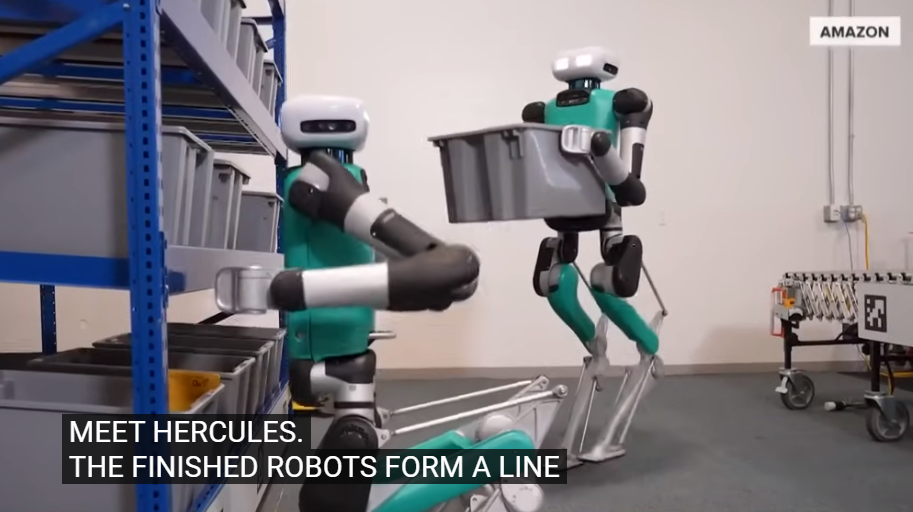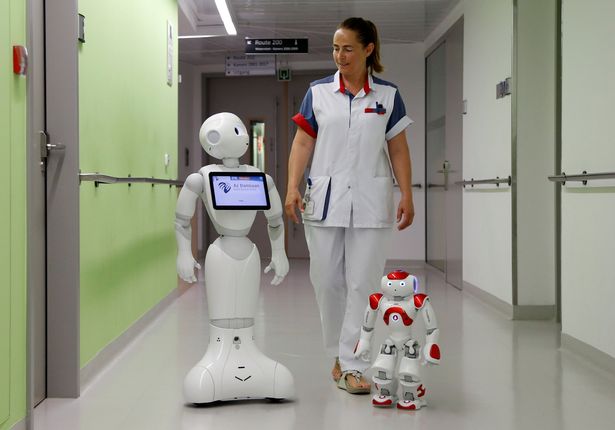 Parler
Parler Gab
Gab
- Scientists have developed a soft robotic "eye" made from light-responsive hydrogel that autonomously adjusts focus without external power sources, mimicking biological vision.
- Embedded graphene oxide nanoparticles absorb light, heating the hydrogel, which contracts to sharpen the lens—eliminating the need for batteries or electronics.
- The lens resolves details as small as four micrometers (e.g., tick claws, fungal filaments), matching traditional microscope lenses while remaining fully autonomous.
- Potential uses include superhuman vision (cat-like pupils, cuttlefish retinas), wearable health tech and autonomous robots for hazardous environments.
- Unlike AI-powered transhumanist tech, this innovation operates independently, reducing reliance on Big Tech-controlled systems while raising ethical questions about surveillance and biohybrid integration.
How it works: Hydrogel meets graphene oxide
The lens is crafted from a hydrogel—a polymer-based material that traps and releases water, allowing it to shift between liquid-like and solid-like states. When exposed to heat, the hydrogel shrinks; when cooled, it swells. To harness light as an energy source, researchers embedded graphene oxide nanoparticles into the hydrogel. These dark particles absorb light, heating up when exposed to sunlight-equivalent intensity. The heat triggers the hydrogel to contract, pulling the attached silicon polymer lens into focus. Once the light dims, the hydrogel expands, allowing the lens to return to its original state. This mechanism enables the lens to function autonomously, responding to visible light across the spectrum. In lab tests, the hydrogel lens demonstrated remarkable sensitivity, resolving details as minute as:- 4-micrometer gaps between a tick's claws
- 5-micrometer fungal filaments
- 9-micrometer hairs on an ant's leg
Future applications: Beyond human vision
The team is already integrating the lens into a microfluidic valve system made from the same hydrogel. Zheng noted that this could enable self-powered, intelligent camera systems, where the light used for imaging simultaneously powers the device. Moreover, the hydrogel's adaptability opens doors to superhuman vision. Potential applications include:- Cat-like pupils for detecting camouflaged objects
- Cuttlefish-inspired W-shaped retinas to perceive colors beyond human capability
- Wearable health tech seamlessly merging with the human body
- Autonomous exploration robots navigating hazardous or uneven terrain
- Military and surveillance devices requiring minimal power
A step toward autonomous, self-sustaining machines
As globalists push AI-powered transhumanism and surveillance, this innovation offers a glimpse of decentralized, self-sufficient technology. Unlike dependency-inducing smart devices controlled by Big Tech, this lens operates independently—powered solely by light. Yet, skeptics warn of potential misuse. Could such technology be weaponized? Integrated into surveillance networks? Or—given its hydrogel composition—linked to emerging biohybrid systems that blur the line between machine and organism? For now, the focus remains on its promise. As Zheng stated, this lens represents "a new way to think about sensing in soft robotics." This squishy robotic eye marks a pivotal advancement in autonomous, electronics-free sensing. By harnessing light and hydrogel, researchers have unlocked a future where machines see—and adapt—like living organisms. As humanity continues to monitor developments in soft robotics and decentralized tech, one thing is clear: Innovation thrives where nature meets ingenuity—free from the constraints of corporate and governmental control. Dr. Sherri Tenpenny asks why hydrogel, spike proteins, graphene oxide and lipid nanotechnology are in the COVID shot. Watch this video. This video is from the High Hopes channel on Brighteon.com. Sources include: LiveScience.com NewsNowChicago.com Yacak.com BrightU.ai Brighteon.comNo to digital ID: Thousands protest U.K. government’s surveillance scheme amid immigration concerns
By Kevin Hughes // Share
U.S. escalates tech war with China: Software export controls on the table
By Gregory Van Dyke // Share
Amazon’s robot revolution: Leaked documents reveal plan to replace 600,000 jobs by 2033
By Kevin Hughes // Share
U.S. Monetary Policy, Rare Earths Trade, and BRICS Shifts Impact Global Finance
By Finn Heartley // Share
The silent sentinel: Ancient wisdom and modern science converge on kidney health
By willowt // Share
Arugula rocks your nutrition world
By newseditors // Share
Oil prices crash -- Trump seizes opportunity to rebuild depleted SPR
By willowt // Share
Betrayal: Trump bets on Argentine beef as domestic producers reel
By willowt // Share
The hidden driver of aging: How your stress hormone predicts your healthspan
By willowt // Share











